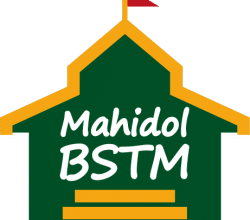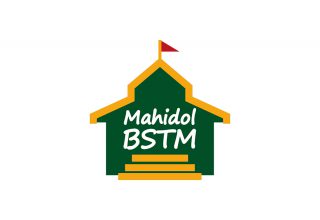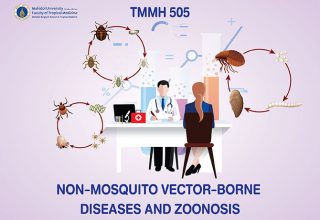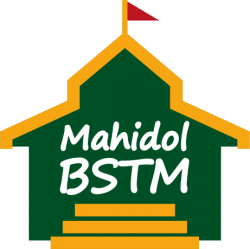Course Description
Principles of systematic helminthology; Identification of medically important helminthes; Phenotyping and genotyping taxonomy
Course Objectives
· Has thorough knowledge and critical understanding of principal concepts, principles and theories and their current application of molecular biology and immunology
· Consistently applies practical and theoretical knowledge and skills in molecular biology techniques for in dealing with issues and problems in taxonomy, diagnosis and researches of parasites and vector
Course-level Learning Outcomes:
CLO1: describe principles and application of molecular biology and immunological techniques
CLO2: apply molecular biology techniques for taxonomy, diagnosis and researches of parasites and vector
CLO3: apply the knowledge in the morphological and molecular characters for recon-structing the phylogenetic trees
CLO4: collaborate in group as either leader or follower to complete an assignment
CLO5: communicate their understanding about systematic helminthology
Curriculum
- 14 Sections
- 0 Lessons
- 52 Weeks
- TMID520-1 Basic nucleic acid techniques I0
- TMID520-2 Basic nucleic acid techniques I0
- TMID520-3 Cloning of parasite genes0
- TMID520-4 TDNA barcoding in studying medical Entomology0
- TMID520-5 Insecticide resistance genes0
- TMID520-6 Genomics and gene ex-pression in insect vectors0
- TMID520-7 Techniques for protein detection and characterization I0
- TMID520-8 Techniques for protein detection and characterization II0
- TMHM 507-9 Research design for sys-tematic helminthology I&II0
- TMID520-10 Molecular applications in studying protozoa0
- TMID520-11 Molecular applications in studying helminthes and helminthiases0
- TMID520-12 Molecular identification of helminthes0
- TMID520-13 Molecular immunity of insect vectors0
- TMID520-14 Therapeutic antibody and vaccine development0




